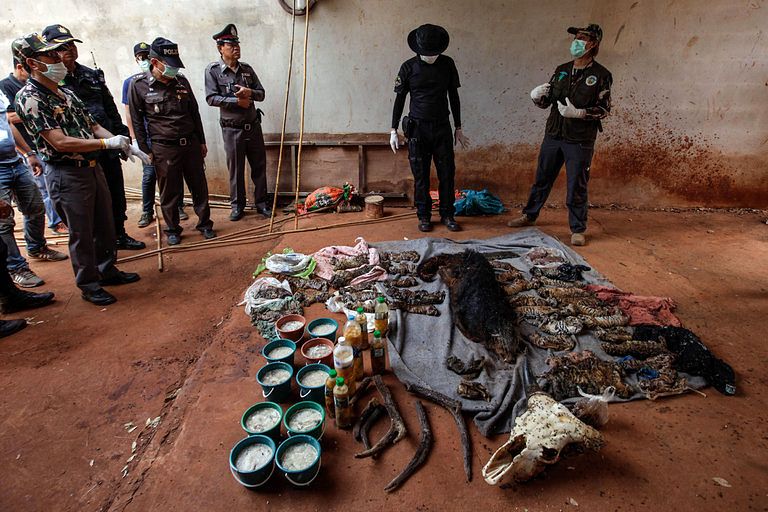The smog currently engulfing Saigon reflects increasingly dangerous air pollution levels.
Ho Quoc Bang, head of the air pollution and climate change division at the Institute for Environment and Natural Resources under Vietnam National University, warned about the dire situation at a meeting on January 3, according to Dan Tri. In what is not exactly new knowledge, the effects of traffic, industrial activities and construction work pose significant danger for citizen’s health and the country’s economy.
One metric for monitoring pollution is PM2.5, which refers to the amount of fine liquid and solid particulate matter sized 2.5 millimeters or smaller that lingers in the air. VietnamNet reported that Vietnam ranked 170th out of 180 surveyed countries in this category in a recent Yale study.
Numbers at construction sites are five to six times worse than acceptable standards. The biggest sources of such pollution are coal-fired power plants, industrial emissions and motor vehicles, which also contribute nearly 85% of the city’s total carbon monoxide emissions. Saigon’s population of 7.3 million motorbikes is among the highest in the world.
People’s health is already being affected. About 1.5 million people in Vietnam suffer from chronic obstructive lung disease every year because of pollution. A study by Fulbright University lecturer Dr. Le Viet Phu estimated that it killed 40,000 people in 2013, including 3,000 in Saigon. This makes air pollution four times more deadly than traffic accidents.
Dr. Nguyen Thanh Vu, a lecturer at the School of Medicine at the Vietnam National University-HCMC, recently warned Vietnamese officials about the effects of air pollution on children in particular. He cited a World Health Organization statistic that two million children die globally due to acute respiratory infections every year, and 60% of these deaths are caused by polluted air.
The conditions are also affecting the country’s economic well-being. Dr. Phu estimated that damages caused by air pollution to Vietnam in 2013 could be as high as US$10 billion. This figure takes into account lost work productivity, value of life and the willingness to pay for a reduction in air pollution. The cost represents 0.9-1.42% of the country’s entire GDP.
A variety of solutions have been proposed to address the problem. Bang, from the environment institute, advised that Saigon needs to control motorbike exhaust emissions, upgrade old buses to cleaner models, cap emission levels for factories and outright ban construction in some areas. Dr. Phu echos the need for more rigorously enforced and stricter standards, as well as an early warning system to alert residents about especially dangerous times to be outside.
Unfortunately there are few reasons to be optimistic. As the region’s population grows, its streets are being filled with more vehicles, while demand for power, which often comes from coal-fired plants, is increasing. As a result, deaths related to pollution could triple by 2030.
[Photo via City Pass Guide]














